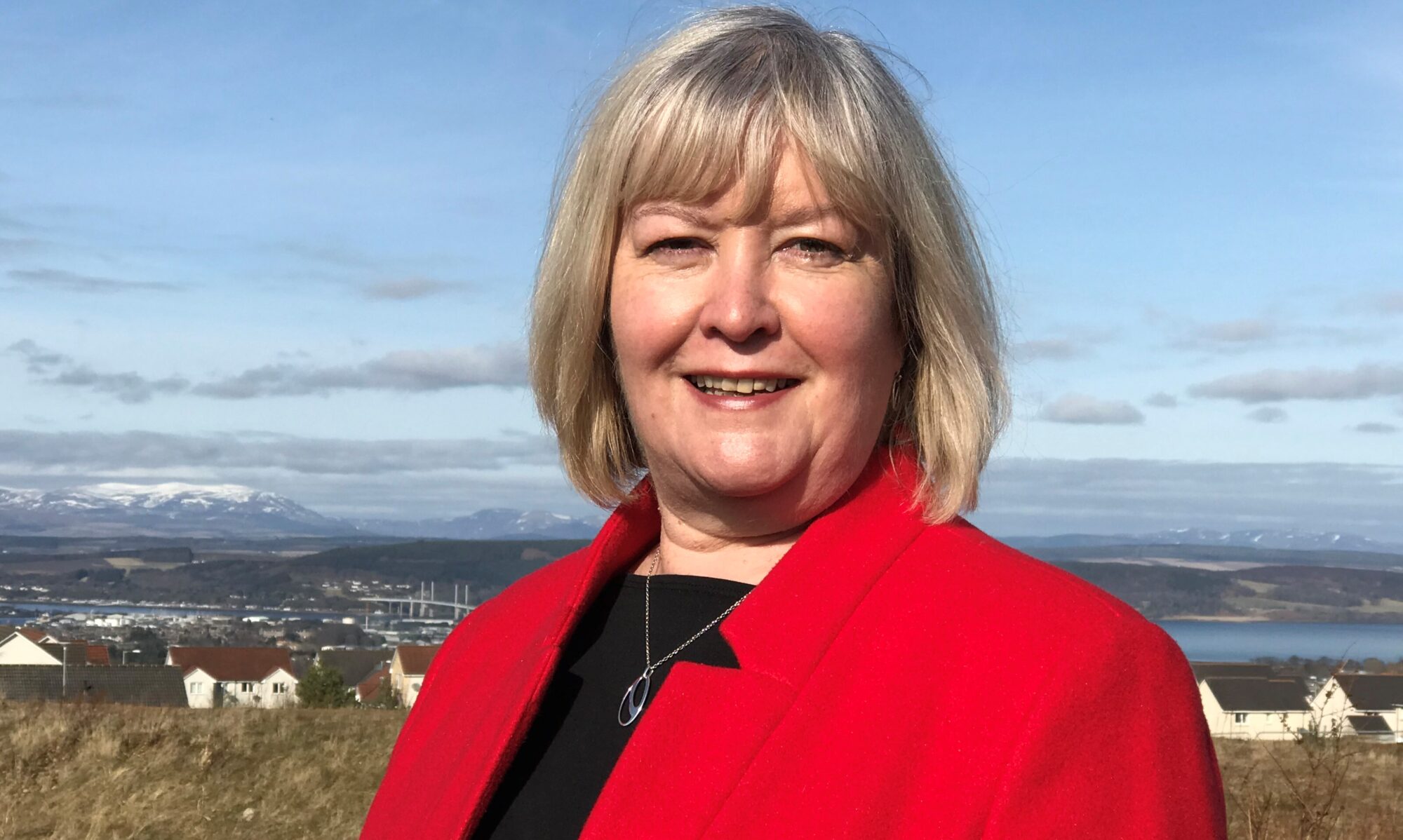Scottish Parliament
30 October 2018
Rhoda’s speech in the debate – A Digital Society for All
I, too, welcome Kate Forbes to her new post.
Her constituency should inform her that all is not well with digital connectivity.
I am not sure that it augurs well for the debate that the Government’s motion cites a report that was not available in hard copy—far less digitally—when the motion was lodged this week. Perhaps that reflects the Government’s digital policy—there are great aspirations but little delivery.
Since we previously debated digital inclusion, we have made little progress.
The issues are the same—rural areas are being left behind, as are urban deprived communities.
Sadly, that follows historical exclusion.
We had the opportunity to do something different with digital connectivity.
We could have used it to bridge the social exclusion divide but, unfortunately, it appears to have deepened that divide.
The Scottish Government did not have the same ambition for rural Scotland as for urban Scotland.
The target of a 95 per cent reach for urban Scotland and a 75 per cent reach for rural Scotland starkly shows that lack of ambition.
We are not at the forefront of the digital revolution; sadly, we are lagging behind.
The Government tells us that R100 will address that but, sadly, I do not believe that.
People in the industry tell us that R100 will still not reach some communities.
The little support that was available to rural communities has been withdrawn as we wait for R100.
We are in a hiatus while the tendering process takes place.
Surely that process could have been undertaken while the previous roll-out was running.
Stopping the roll-out for any time is not good enough.
Stewart Stevenson:
The member said that people in the industry tell us that R100 cannot be done.
I recently met BT—I understand that it is one of the bidders, but not the only one—and was given absolute assurances that R100 can be achieved, although price is a different issue. Who says that we cannot reach 100 per cent?
Finlay Carson (Galloway and West Dumfries) (Con):
BT.
Rhoda Grant:
Indeed—BT.
Many people in the industry say that the technology is not available to reach 100 per cent of the population.
However, there are things that the Scottish Government could do now to make a difference.
It could map fibre—especially fibre that was paid for by the public purse.
Under R100, the public purse will pay for new fibre to be laid on top of fibre that the public purse paid for.
The Government needs to keep ownership of all the fibre that it has funded so that subsequent upgrades and roll-outs can use it.
To save money and ensure that we use all products of public investment, the Government also needs to trace what was laid historically.
It would also make sense to map privately owned fibre, to see whether it could be used to speed up the roll-out of broadband.
We need to give small communities access to affordable backhaul and ensure that R100 does not undermine that, because commercial rates are too high and prohibit community solutions.
That is another thing that can be investigated now.
The roll-out must not compromise current community solutions.
As an example, SSE has laid fibre for the Ministry of Defence in Applecross.
An additional cable has been laid at the same time, and will be commercially available to bring superfast broadband to parts of Applecross.
Applecross has its own broadband system—AppleNet.
It is not superfast and it can be unreliable because of weather conditions, but it is there now, providing a service as cheaply as possible to the whole community.
If a larger provider buys access to the new fibre, it will be able to provide fast, reliable and cheaper broadband to the easy-to-reach parts of that community.
If that happens and those customers are lost to AppleNet, it may well become unsustainable, meaning that most of the community will have no broadband at all.
The public purse, through the MOD, is paying to put down that fibre, which has the potential to undermine a community’s access to broadband.
The community system should be given access to that fibre at an affordable price.
Then it would be able to upgrade for the whole community and make the system faster and more reliable.
It is such areas that will benefit most from digital connectivity.
Who would not want to live in such a beautiful place?
However, employment in rural areas is hard to find.
Better digital connectivity would allow people to work from anywhere and make it easier for new businesses to start up.
Such connectivity could make businesses in those places and communities far more financially viable.
I have concentrated most of my comments on remote rural issues, as members would expect, given my constituency.
However, as I said, unequal access to connectivity follows the lines of traditional inequalities.
Those in deprived communities suffer the same issue with access as those in our remote rural communities: it is not commercially viable for private profit-driven companies to provide them with broadband because they cannot afford to pay for it.
We need to find solutions to those issues and make sure that those communities do not fall behind.
We are a long way from equal access to connectivity, which is no longer a nice add-on: it is an essential service that we need to provide.
